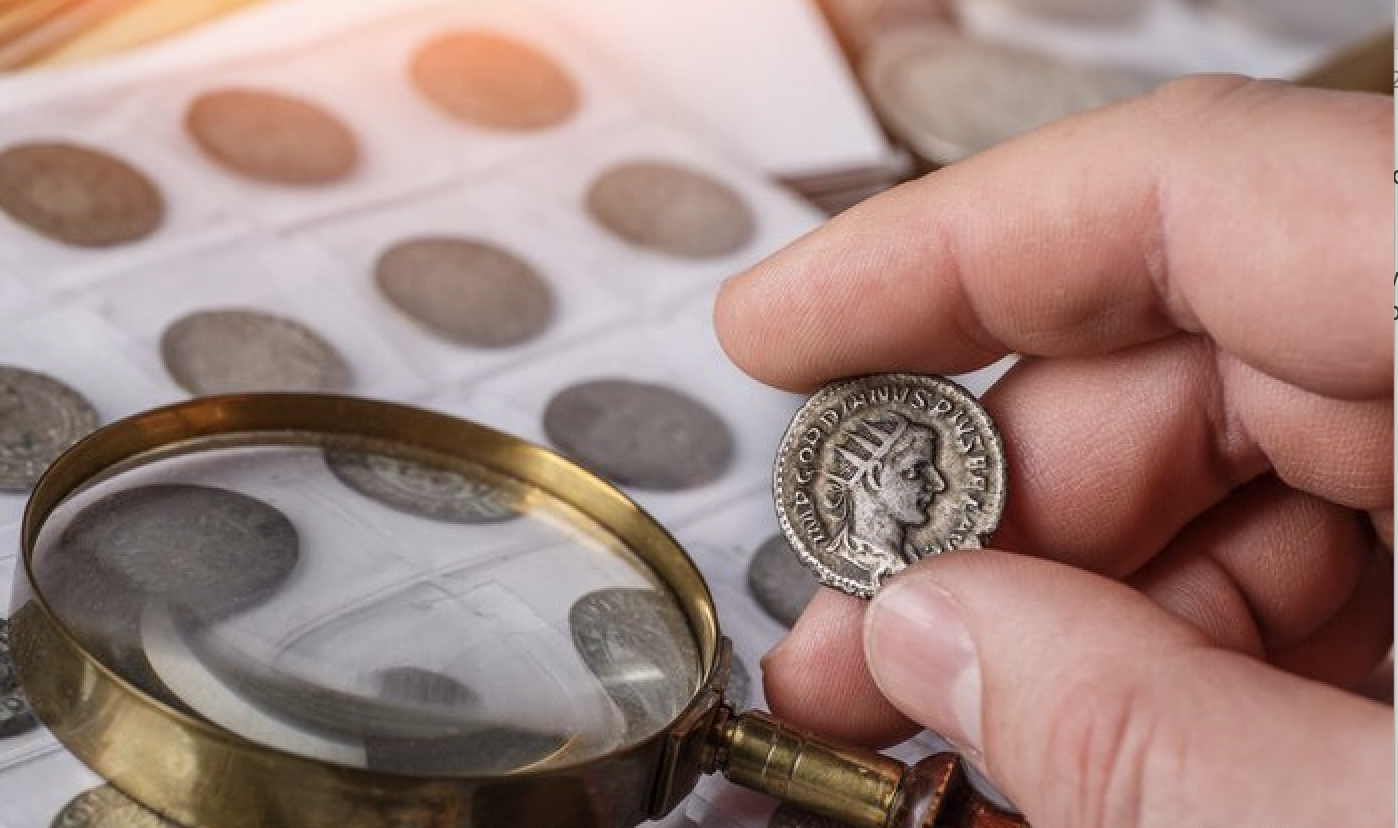Background
Before the third century B.C., Romans did not have their own coinage. They used “Aes Rude” as money, which was jagged pieces of bronze with no precise measurement in weight or shape. They then shifted into using “Aes Signatum,” which were rectangular-shaped bars. The beginning of their coinage started when Rome expanded in the Italian peninsula. They were introduced to silver coinage when Rome expanded in the Italian peninsula. Soon after, two coinage systems were created: “Aes Grave,” a bronze cast that is built on the Roman weight methods, and a silver coinage that was based on the Greek methods. In 217 B.C., silver denarius became known, which ultimately led to the creation of the Roman coinage system. (ANS- 2002). For the Republic and Empire, the standard coin was a denarius. Eventually, gold coins became less rare while bronze coins became more rare. There were such a variety of materials for coinage: gold, bronze, silver, copper, and brass. For the coinage, the extensive assortment of types of reverses, the “back” of the coin, and portraiture give an irreplaceable body of the material.
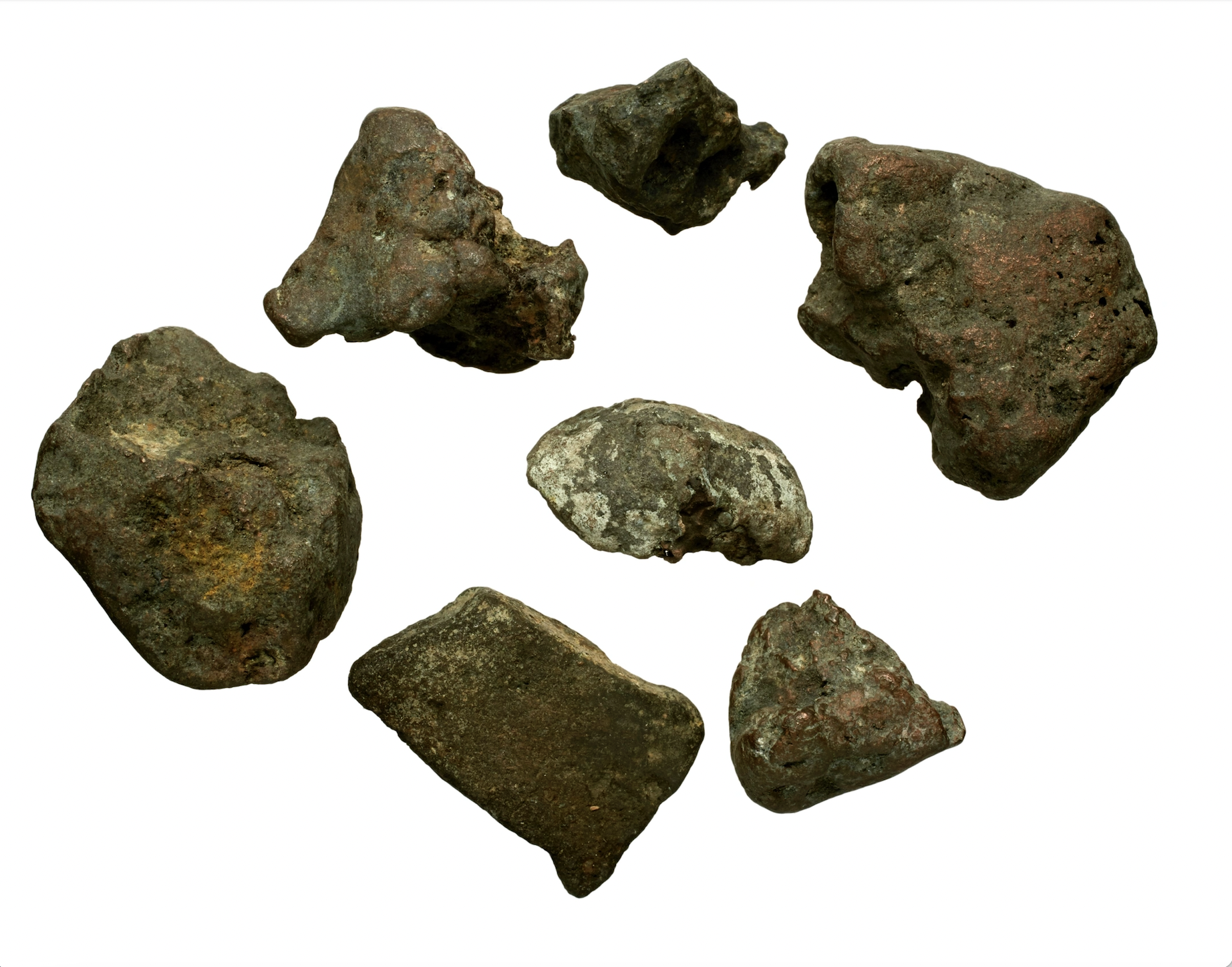
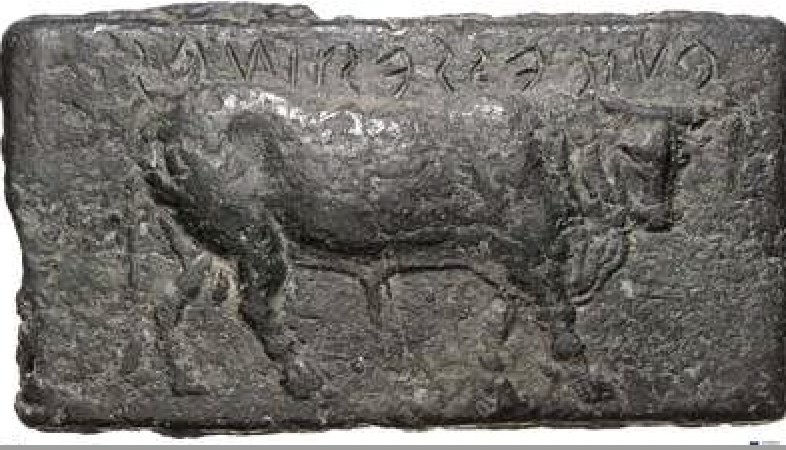
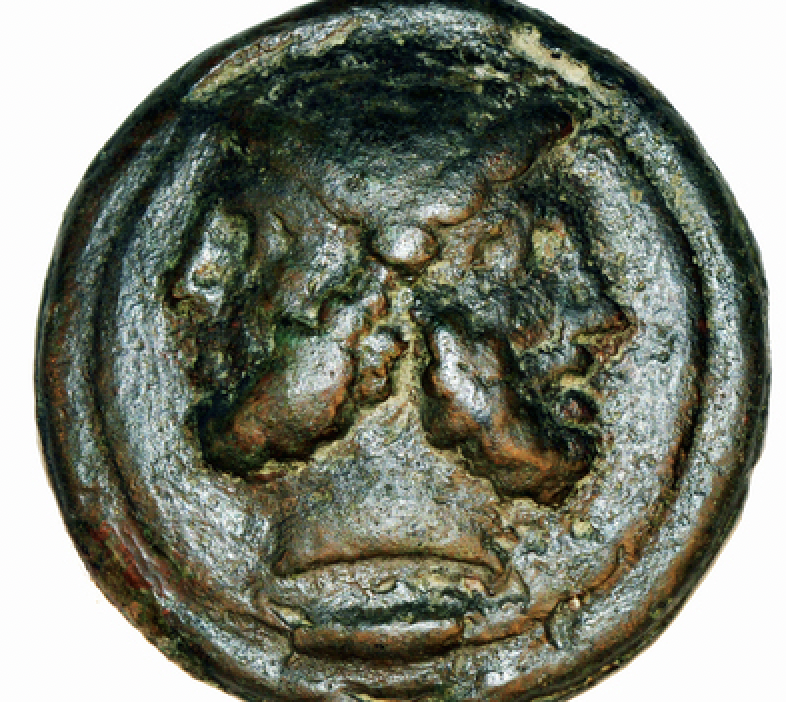
Understanding the Layout of Coins
Obverse and reverse signify the two flat sides of a coin, also seen with paper money. They offer an assorted variety of images and inscriptions to represent a specific person or significance. Most people don’t completely understand the meaning and intentions of the two faces of coins, especially Roman coins, but through the study of coins, one can identify that there are intentional differences between the two. The understanding and use of legends allow us to be able to broaden our knowledge and interpretations of coins.
Looking at inscriptions, coins that display a portrait are typically show a visual of the emperor so that he gets widespread recognition, while not specifically realistic (Collective database- 2017). The portraits do not only show the present emperor but they also show his authority. The inclusion of crowns, which you will see in some of the coins on this page, was used as a way to show recognition from battle. Looking at coins without portraits, they were typically to show respect to a family member or the founding of a new city.
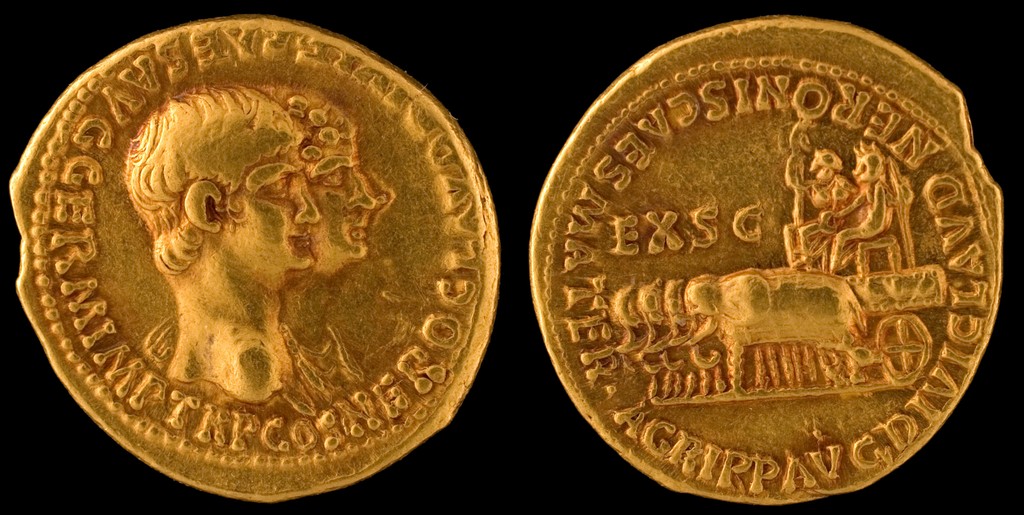
Obverse
The “heads side” of a coin is known as the obverse. Visually, this side of the coin typically displays a portrait of a ruler or his family. It also usually contains abbreviated inscriptions. These typically included the individual’s first and/or last name, their title, and assorted honorary titles (Collective database- 2017). Thus, the image and the abbreviated inscriptions typically go hand-in-hand with each other in terms of content. This side of the coin can be easily identified, for most of the time, as the side with the larger scale image.
Reverse
The reverse of Roman coins, as opposed to the obverse, is not as straightforward. There is much more of a variety of typical images seen on them, so it would not be accurate to restrict your interpretations of them to one theme. Some types of images that we can see are, but are not limited to, ships, portraits, animals, legends, emperor/empress standing or seated, allegories, emperor slaying an enemy, captives, divinities seated or standing, monuments, altars, objects, wreaths, victory, and a character in a galley. However, we can identify that it is not uncommon to see the inclusion of Jupiter in Roman Coins. And, the late Roman coins usually show themes of the military. Now for the inscriptions, they typically give insight and/or description about the image on the coin.
Legends: the Meaning and Significance
Legends are the written inscriptions on a coin that refers to relevent information about the coin; however, it is very challenging for most people to be able to understand what is inscribed. Not only are they typically written in Latin, but they are also abbreviations of Latin words and people. One key of advice is that most of the names mentioned in the inscriptions end in “VS,” however, for women, it will most likely end in “A” (The British Museum- 2003). Studying coins, more specifically Roman Coins, broadens the ability to analyze and understand the significance of individual coins, as a result of being able to translate these abbreviations and their meanings.
Prior to diving into legends and the importance of being able to translate the abbreviations, it is useful to explain the abbreviation "C" to avoid confusion because it may not mean what you think. The inclusion of the abbreviation "C" was originally referring to Caesar, their Emperor at the time—Augustus Caesar (Collective database- 2017). It was used primarily during the early empire, but it later became used by all emperors, including those who are not in Caesar's bloodline. The non-bloodline emperors used it as a way for them to show their connection to the throne, no matter how they became emperor.
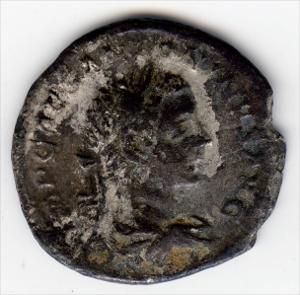
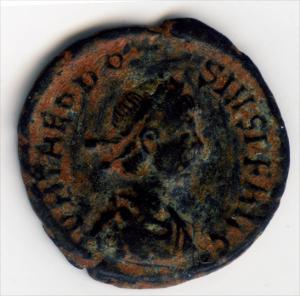
Inscription: IMP CAES M AVR ANTONINVS AVG
IMP=IMPERATOR= emperor
CAES= CAESAR= emperor
M AVR= Marcus Aurelius
ANTONINVS= ANTONINUS= Antoninus
AVG= AUGVSTVS= emperor
Once the abbreviations are translated, the inscriptions helps us to be able to identify the image as Antonius the emperor. More specifically, he is Imperator Caesar Marcus Aurelius Antoninus, the admired and respectable emperor.
Inscription: D N THEODOSIUS P F AVG
D N= DOMINUS NOSTER= our Lord
THEODOSIUS= Theodosius
P F= PLUS FELIX= dutiful and happy
AVG= AUGVSTVS= emperor
This inscription brings an even more descriptive understanding of the image because we learn that, after translation, Theodosius is thought to be their Lord, a dutiful and happy (fortunate) emperor.
Coin description: The obverse of this silver coin displays a portrait of Elagabalus, also known as Heliogabalus, looking right. Officially known as Antoninus, he was an emperor from 218 to 222 CE, which is why this coin is thought to be dated from these years. He is wearing a wreath on his head, a symbol of military victory and triumph in Rome (Scott and Company- 1883). Both the inscriptions and the image emphasize his respectable reputation.
Coin description: Looking at the obverse, we see a portrait of Theodosius facing right; he is wearing a crown as well. Also known as Theodocius the Great, he was emperor from 379 to 395 CE; this is also the dating of the bronze coin (Collective database- 2017). In fact, he was the last emperor for the entire Roman Empire before the split. He ensured that the Roman Empire was truly Christian. The inscription is shown circling around the bust.
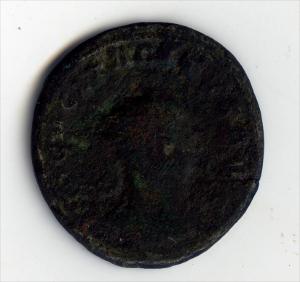
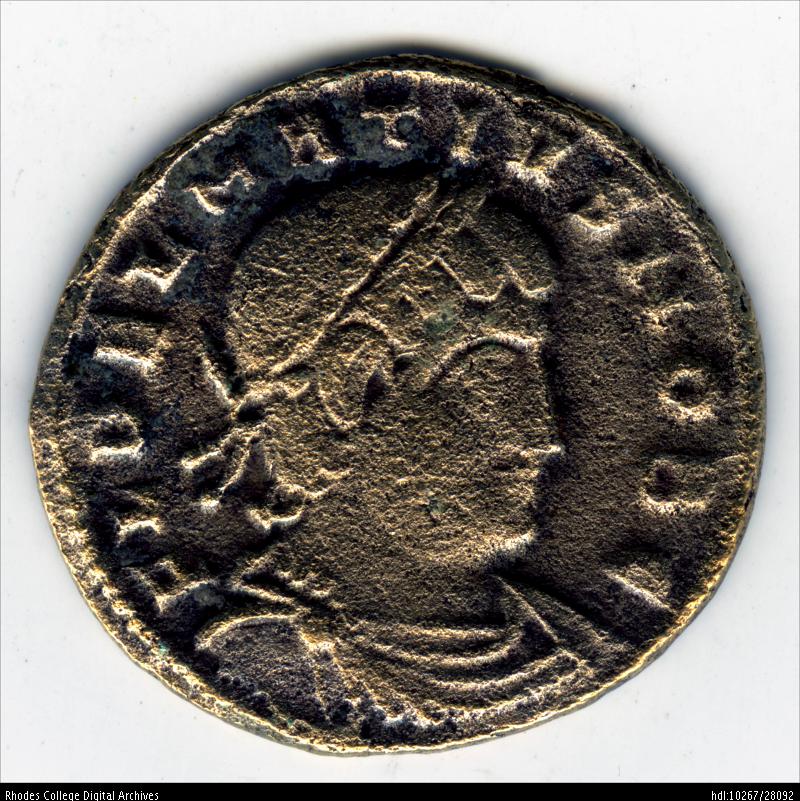
Inscription: IMP C CL TACITVS AVG
IMP= IMPERATOR= Emperor
C= Caesar= Emperor
CL= CLAVDIVS= Claudius
TACITVS= Tacitus
AVG= AVGVSTVS= Augustus
Inscription: FL DELMATIVS NOB C
FL= FLAVIVS= Flavius
DELMATIVS= Delmatius
NOB= NOBILISSIMUS= Noble
C= Caesar
This coin is heavily worn which makes legibility very difficult. The recognition of the abbreviations is supplemental in making assumptions about the image. The abbreviations translate into "The Emperor Claudius Tacitus Augustus," which gives us the name and title of the individual on the coin (Scott and Company- 1883). Because inscriptions are typically descriptions and recognition to the image, we now are able to identify, based on the translation, that the figure is an emperor named Marcus Claudius Tacitus.
After the translation of the abbreviations, we learn that the inscription tells us that Flavius Delmatius Caesar was a noble Caesar of the Roman Empire. The inscription gives us insight to the full name and honorary titles of the individual on the coin.
Coin description: This dark brown, clearly worn down, billion coin dates back from 275 to 276 CE, which were the years that Marcus Claudius Tacitus was the Roman emperor. He became emperor after the death of Aurelian, but he died after only regaining for six months. On the obverse, we see an image of what is believed to be Emperor Tacitus facing right, wearing a radiated crown on his head and plate armor on his shoulders.
Coin description: The condition of this small, billion (copper) coin is so great that it is not only very legible but it is also fairly shiny. Dating back from 335 to 337 CE, the coin displays a portrait of Delmatius facing right. Once again, the dating of the coin is the same the length of one's reign. The inscription on the coin properly demonstrates the identity of Delmatius, because they describe his honorary titles that show his recognition and power. He was not only a Caesar for the Roman Empire but he was also a member of the Constantinian dynasty. Constantine the Great, Flavius Delmatius Caesar's uncle, brought him to the ranking of Caesar, but it ends in a tragedy, when his own soldiers killed him.
Understanding Obverse and Reverse Through the Burkhart Collection
Coin 079- Numerian
Dating back from 283-285 CE, this bronze coin is an Antonianus of Numerian. Marcus Aurelius Numerianus, the son of Carus, was the Roman emperor during the time that this coin was made. While this coin is rather difficult to be able to see, due to damage and being worn down, we are still able to analyze and interpret the coin; one can still use this coin to understand the themes and the layout of coins.
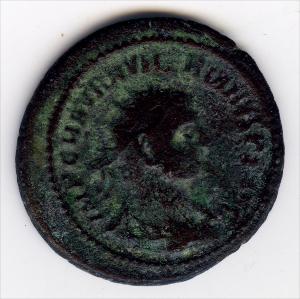
Obverse
On the obverse, there is an image of a portrait of Numerian facing to the right. After learning about what is typical to be seen on the obverse, it would not come as a shock that the image is of the emperor Numerian himself. There are inscriptions surrounding the portrait that says “IMP C M AVR NVMERIANVS PF AVG.” These abbreviations roughly translate into “victorious general, Caesar, Marcus Aurelius Numerianus, dutiful and fortunate emperor.” This inscription gives us the first and last name of the portrait, Marcus Aurelius Numerianus, and his title, victorious general. It even mentions the honorary title, being ranked as Caesar.
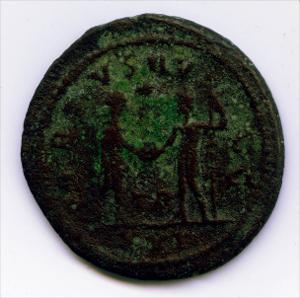
Reverse
On the reverse, Numerian, on the right, was receiving the victory from Jupiter, on the left; they were shown in the full-body view facing each other. Similar to the obverse, there are inscriptions circling around them. These say: “VIRTVS AVGG,” which is understood as virtuous emperors, or one of ranking as such. The inscriptions are referring to the image because Numerian was an emperor, and while Jupiter was a mythological god, he is highly respected and powerful, just like emperors.
Coin 069- Licinius II
Dating from 308 to 324 CE, this copper coin was from during the time when Constantine, for the Roman west, and Licinius, ruler of the eastern empire, agreed and maintained the share of power (Tuck 373). In early 317 CE, the agreement between Licinius and Constantine established the imperial ranking of Licinius II as Caesar.
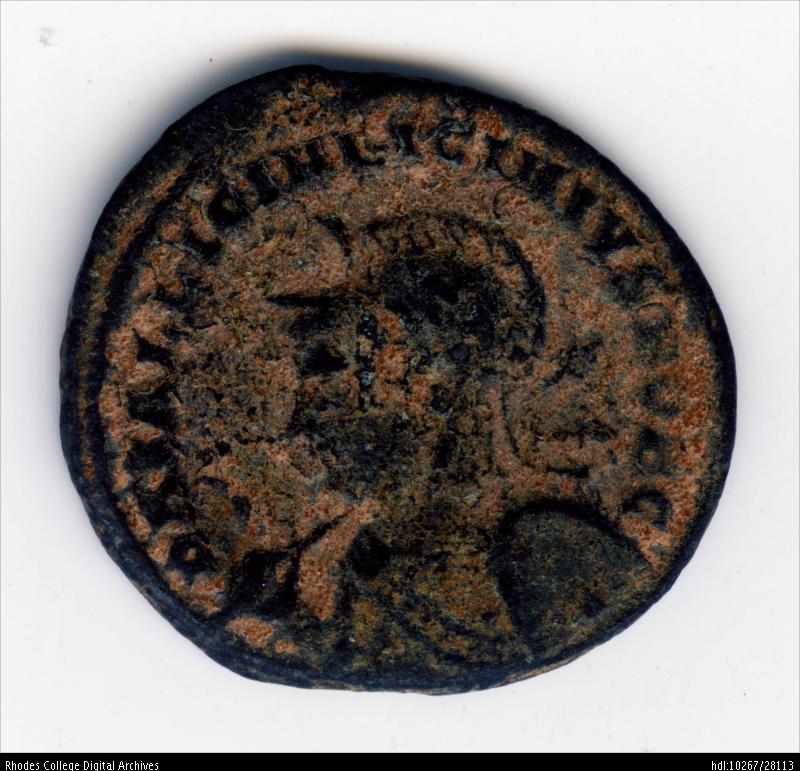
Obverse
The obverse of this coin displays Licinius II facing left, wearing leather and a helmet and carrying a spear and a shield. He is portrayed as respectable, powerful, and ready for combat, everything that one in power hopes to achieve in terms of appearance during this time period. The abbreviated inscriptions on the coin writes: “D N VAL LICIN LICINIVS NOB C.” In the translation, it becomes known that the inscription mentions the full name of Licinius II, plus the addition of referring to him as noble. The inscription correlated to the image because it identifies who the powerful figure is, and it describes the message of the image.
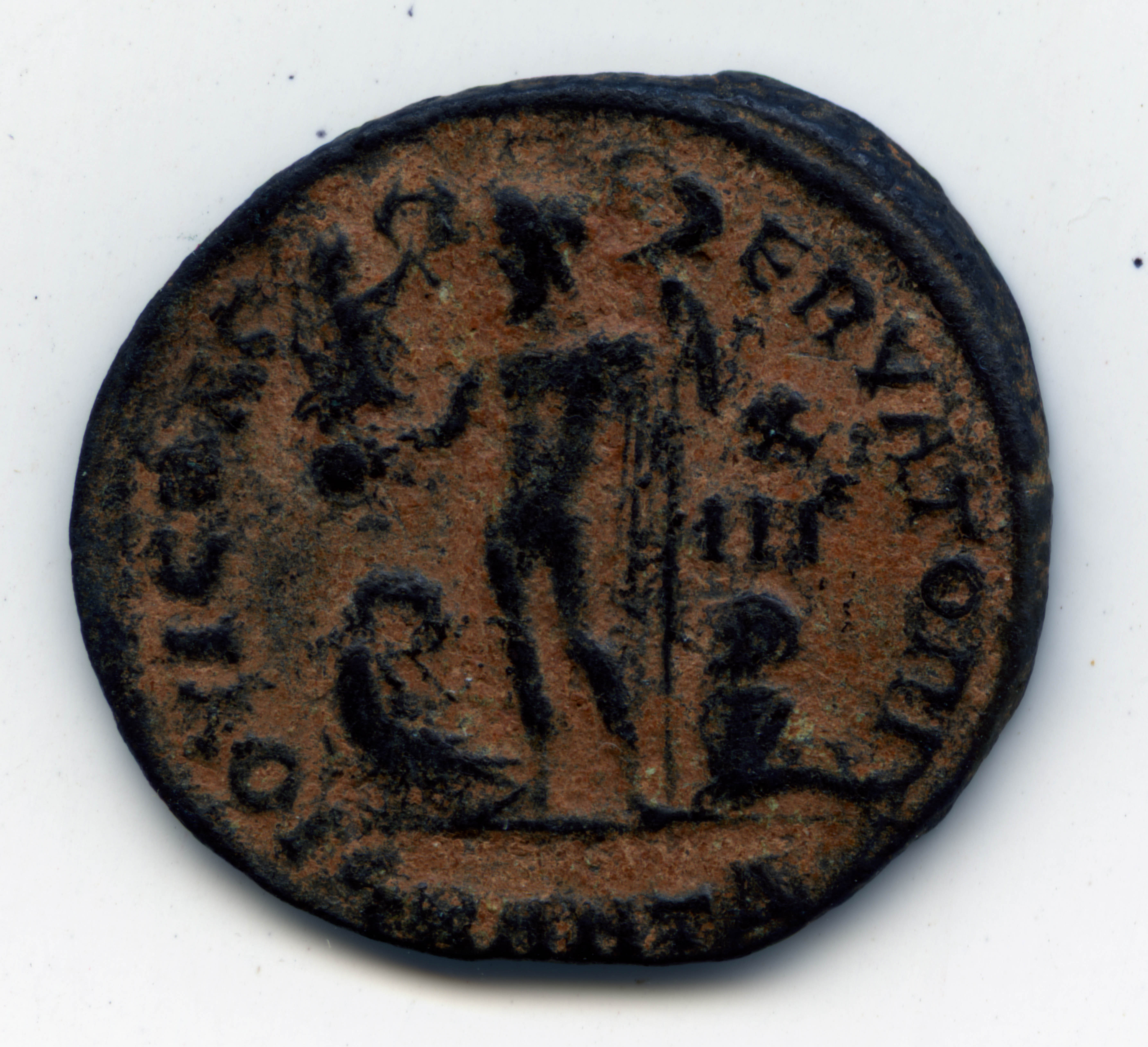
Reverse
The reverse displays Jupiter as nude plus a cloak hanging over his shoulder. Standing left, he is shown holding a globe of the goddess Victoria in his right hand and what appears to be a long scepter in his left hand. Towards his feet sits an eagle with a wreath in its mouth; he is positioned between an eagle and a captive. The inscription on this side is: “IOVI CONSERVATORI.” The approximate translation of this would be “to Jupiter the protector.” All of the visual pieces add up to represent to show Jupiter as the protector. The inclusion of the goddess Victoria,—goddess of victory—scepter as a weapon, and the eagle symbolizes freedom. Altogether, it shows Jupiter as full of victories, as a result of protecting and freeing the captive.
Why is it Important to Study Coins?
Numismatics and the study of coins are very important because it gives insight to not only to specific coins but also history. Studying coins allows us to understand inscriptions on coins, acting like captions to the images on them. Without being able to go from the Latin abbreviation to the translation, it is very difficult to be able to understand it, and, thus, it would be harder to be able to learn about the visuals on the coin. Analyzing coins is such a key part in dating coins. If we can understand who the individual on the coin is, after identification from the inscriptions, we can get an idea of when this coin might be dated form, based on the historical context. For this reason, it is very common to see the dating of a coin to be the years that the emperor, who is on the coin, was in power; we can see this in Coin 055 from the Burkhart Collection. Studying coins is not just studying what is on the coin, but it is also studying what the coin is made out of. With the knowledge of the material of the coin, we can learn a lot about Roman history. It provides us with insight about their available resources and even the materials' value in their eyes. Overall, it is important to study coins because we learn about the relationship between Romans and their coinage and get historical insight about the life of Romans. Because there are such limitations on primary sources, it is important to use coins as evidence to gain insight about Roman economics, history, value and beliefs, and materials
Page completed by Fiona Marks, Rhodes College '25
